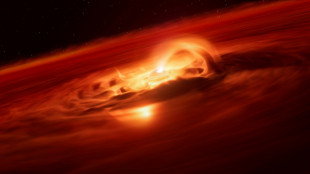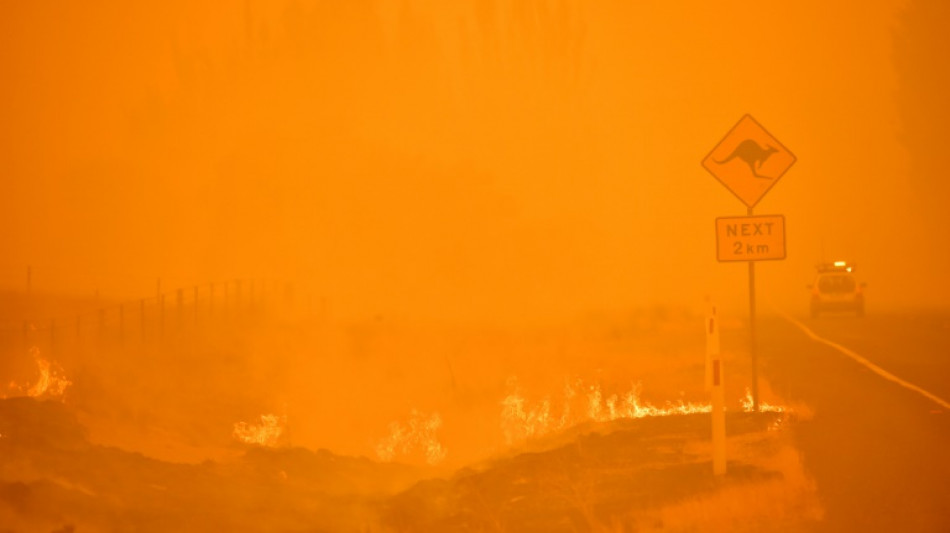
-
 Italy working hard to prevent extra US tariffs on pasta
Italy working hard to prevent extra US tariffs on pasta
-
Sinner out of Shanghai Masters as Djokovic battles into last 16

-
 Swift rules N. America box office with 'Showgirl' event
Swift rules N. America box office with 'Showgirl' event
-
Ryder Cup hero MacIntyre wins Alfred Dunhill Links on home soil

-
 Republicans warn of pain ahead as US shutdown faces second week
Republicans warn of pain ahead as US shutdown faces second week
-
Sevilla rout champions Barca in shock Liga thrashing

-
 Norris-Piastri clash overshadows McLaren constructors' title win
Norris-Piastri clash overshadows McLaren constructors' title win
-
Trump administration declares US cities war zones
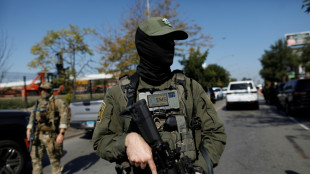
-
 Bad Bunny takes aim at Super Bowl backlash in 'SNL' host gig
Bad Bunny takes aim at Super Bowl backlash in 'SNL' host gig
-
El Khannouss fires Stuttgart into Bundesliga top four

-
 Insatiable Pogacar romps to European title
Insatiable Pogacar romps to European title
-
Newcastle inflict more pain on Postecoglou, Everton end Palace's unbeaten run

-
 Daryz wins Prix de l'Arc de Triomphe thriller
Daryz wins Prix de l'Arc de Triomphe thriller
-
Russell wins Singapore GP as McLaren seal constructors' title

-
 Landslides and floods kill 64 in Nepal, India
Landslides and floods kill 64 in Nepal, India
-
Russell wins Singapore GP, McLaren seal constructors' title

-
 Djokovic 'hangs by rope' before battling into Shanghai last 16
Djokovic 'hangs by rope' before battling into Shanghai last 16
-
Erasmus proud of Boks' title triumph as Rugby Championship faces uncertain future

-
 French PM under pressure to put together cabinet
French PM under pressure to put together cabinet
-
US Open finalist Anisimova beats Noskova to win Beijing title

-
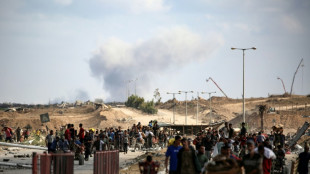 Hamas calls for swift hostage-prisoner swap as talks set to begin
Hamas calls for swift hostage-prisoner swap as talks set to begin
-
Opec+ plus to raise oil production by 137,000 barrels a day in November

-
 Death toll from Indonesia school collapse rises to 45
Death toll from Indonesia school collapse rises to 45
-
Brisbane Broncos edge Storm in thrilling NRL grand final

-
 Refreshed Sabalenka 'ready to go' after post-US Open break
Refreshed Sabalenka 'ready to go' after post-US Open break
-
Georgia PM vows sweeping crackdown after 'foiled coup'
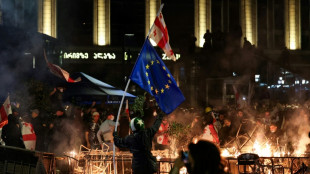
-
 Landslides and floods kill 63 in Nepal, India
Landslides and floods kill 63 in Nepal, India
-
No handshakes again as India, Pakistan meet at Women's World Cup

-
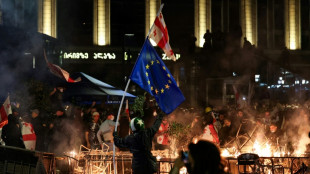 Georgia PM announces sweeping crackdown on opposition after 'foiled coup'
Georgia PM announces sweeping crackdown on opposition after 'foiled coup'
-
Syria selects members of first post-Assad parliament

-
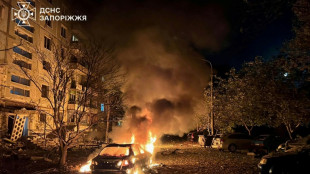 Russian strikes kill five in Ukraine, cause power outages
Russian strikes kill five in Ukraine, cause power outages
-
World champion Marquez crashes out of Indonesia MotoGP

-
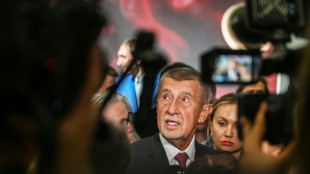 Babis to meet Czech president after party tops parliamentary vote
Babis to meet Czech president after party tops parliamentary vote
-
Death toll from Indonesia school collapse rises to 37

-
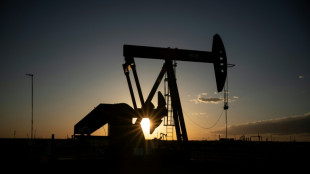 OPEC+ meets with future oil production hanging in the balance
OPEC+ meets with future oil production hanging in the balance
-
Dodgers down Phillies on Hernandez homer in MLB playoff series opener

-
 Philadelphia down NYCFC to clinch MLS Supporters Shield
Philadelphia down NYCFC to clinch MLS Supporters Shield
-
Syria selects members of first post-Assad parliament in contested process

-
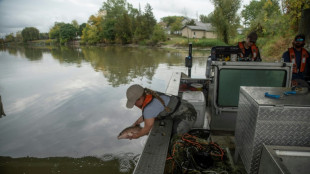 Americans, Canadians unite in battling 'eating machine' carp
Americans, Canadians unite in battling 'eating machine' carp
-
Negotiators due in Cairo for Gaza ceasefire, hostage release talks

-
 Trump authorizes troops to Chicago as judge blocks Portland deployment
Trump authorizes troops to Chicago as judge blocks Portland deployment
-
Wallabies left ruing missed chances ahead of European tour

-
 Higgo stretches PGA Tour lead in Mississippi
Higgo stretches PGA Tour lead in Mississippi
-
Blue Jays pummel Yankees 10-1 in MLB playoff series opener

-
 Georgia ruling party wins local polls as mass protests flare
Georgia ruling party wins local polls as mass protests flare
-
Depoortere stakes France claim as Bordeaux-Begles stumble past Lyon

-
 Vinicius double helps Real Madrid beat Villarreal
Vinicius double helps Real Madrid beat Villarreal
-
New museum examines family life of Mexican artist Frida Kahlo

-
 Piccioli sets new Balenciaga beat, with support from Meghan Markle
Piccioli sets new Balenciaga beat, with support from Meghan Markle
-
Lammens must be ready for 'massive' Man Utd scrutiny, says Amorim


Australia's 'Black Summer' fires affected ozone layer: study
Australia's catastrophic "Black Summer" bushfires significantly affected the hole in the Earth's ozone layer, according to a new report published Friday.
The report, which appeared in the Nature journal "Scientific Reports", traced a link from the unprecedented smoke released by the fires to the ozone hole above Antarctica.
The fires, which burned through 5.8 million hectares of Australia's east in late 2019 and early 2020, were so intense they caused dozens of smoke-infused pyrocumulonimbus clouds to form.
Pyrocumulonimbus clouds, referred to as the "fire-breathing dragon of clouds" by NASA, are so powerful they can affect the local weather, causing fire tornadoes and lightning storms.
During the "Black Summer", these clouds shot more smoke high into the atmosphere than the previous record, set by the 2017 North American wildfires.
Around New Year 2019, uncontrolled fires along Australia's east coast caused a pyrocumulonimbus event that stretched on for days.
The result was "millions of tonnes of smoke and associated gases being injected into the upper troposphere and lower stratosphere", according to researchers from the University of Exeter and the University of Manchester.
A build-up of smoke particles, in turn, caused the lower stratosphere to warm to levels not seen since the eruption of Mount Pinatubo in 1991, they found.
Because of this stratospheric warming, the fires also prolonged the Antarctic ozone hole, which appears above Antarctica each spring and "reached record levels in observations in 2020".
- Ozone gains threatened -
The hole was first created by human pollution -- particularly the chlorofluorocarbons (CFCs) that were once emitted from many refrigerators -- but in recent decades, global cooperation has given the ozone layer a chance to repair.
The Montreal Protocol, signed in 1987 and since ratified by 195 countries, sharply reduced the amount of CFCs in the atmosphere, and the ozone layer was expected to fully recover by 2060, according to United Nations modelling.
However, the researchers warn that because climate change will increase the frequency and intensity of bushfires, similar events -- in which pyrocumulonimbus clouds shoot smoke high into the stratosphere –- will become more likely.
Professor James Haywood told AFP that climate change could "absolutely" stymie the gains made by the Montreal Protocol.
"Our climate models suggest an increase in frequency and intensity of wildfires in the future under global warming. This may lead to more events like that in 2020, which could in turn lead to more ozone depletion," he said.
"So the considerable efforts that we've put in protecting the ozone hole could be thwarted by global warming."
F.Pavlenko--BTB


